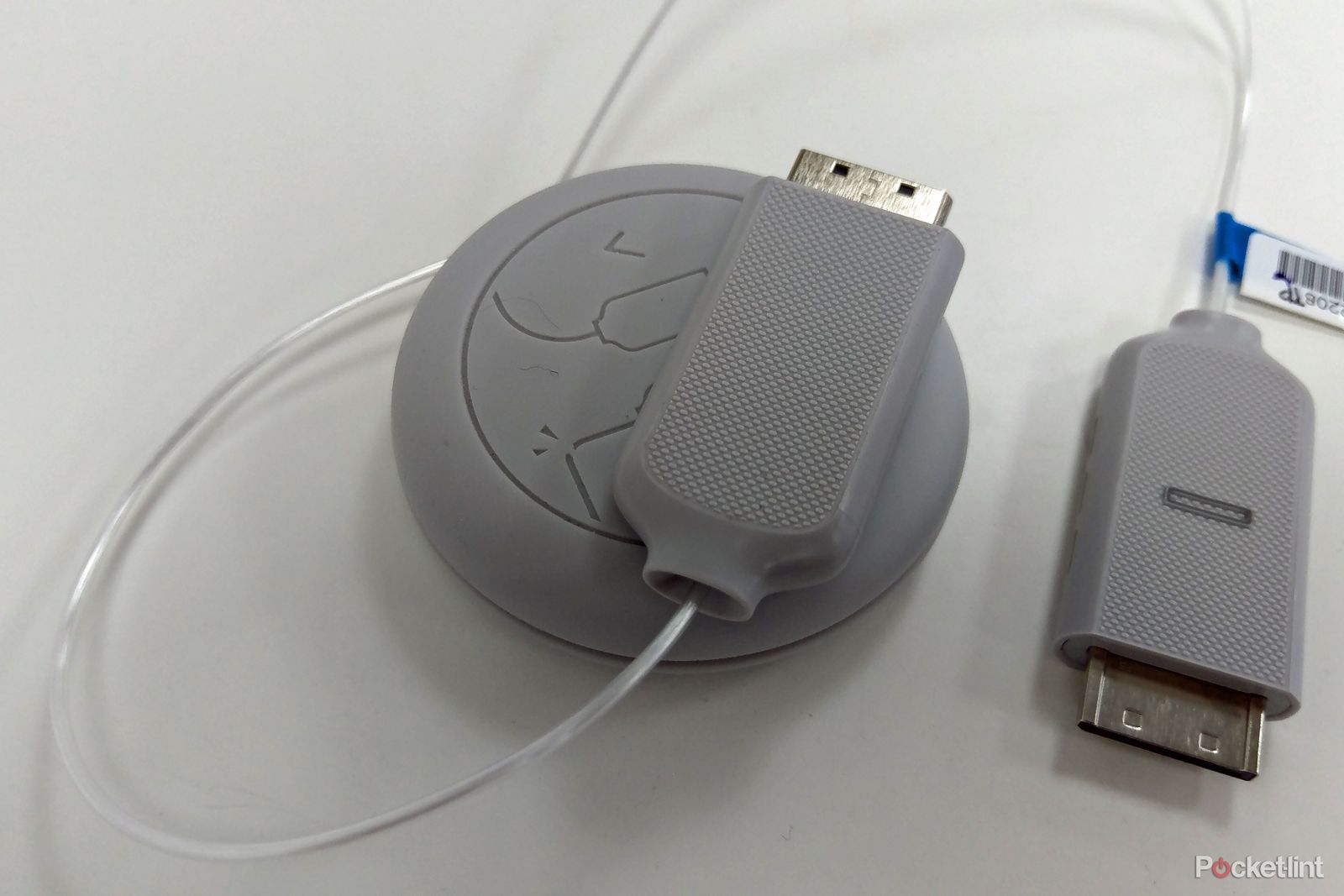We've spent the day taking a closer look at the Samsung QLED TV range. Announced at CES 2017 and due to launch sometime in March or April, these TVs look to be a quantum leap in the LED vs OLED war.
There's a huge amount of technology being piled into the latest 4K HDR televisions, a complete shift in design language and loads of features to make these new premium TVs even better than Samsung's 2016 models - which we rated highly.
Much of what's happening you won't see at work and that includes the 'Invisible Connection'. This was shown off when the TV was announced at the beginning of 2017, but when you've got something called the Invisible Connection, it's not seeing that's believing and this is why we're excited.
The new Invisible Connection comes with Samsung's QLED TVs and connects the display to the off-board One Connect box which is the brains of the TV.
For those who haven't been following the story of Samsung's TVs over the past few years, rather than house all the connections on the rear of the TV like most other manufacturers, there's a separate connection box called One Connect. This houses the tuners, USB, HDMI, optical - basically everything you'd expect to plug into your TV.
The advantage it offers is that you can wall-mount your TV and change the devices connected to it without having to scrabble around the back. That means thinner TVs, tidier installation and easy device switching for geeks like us who are always testing different devices. Additionally, you don't need five cables running to your TV, as you can hide the One Connect box out of sight.
Previously, this One Connect box was connected to the TV via a single cable, about the thickness of a typical HDMI cable. It was rather elegant a solution for 2016, but in 2017, it has been replaced with this optical cable that's practically invisible.
That means you only need this tiny cable running to your TV, and from across the room, you'll barely spot it snaking up the wall to your mounted TV. Before you ask, no, it's not stupidly short either. We suspect the standard 5 metre cable will be long enough for most installations.
Of course, you'll need the power cable running to your TV too, but you got your electrician to wire up a socket before you wall-mounted it, right?

